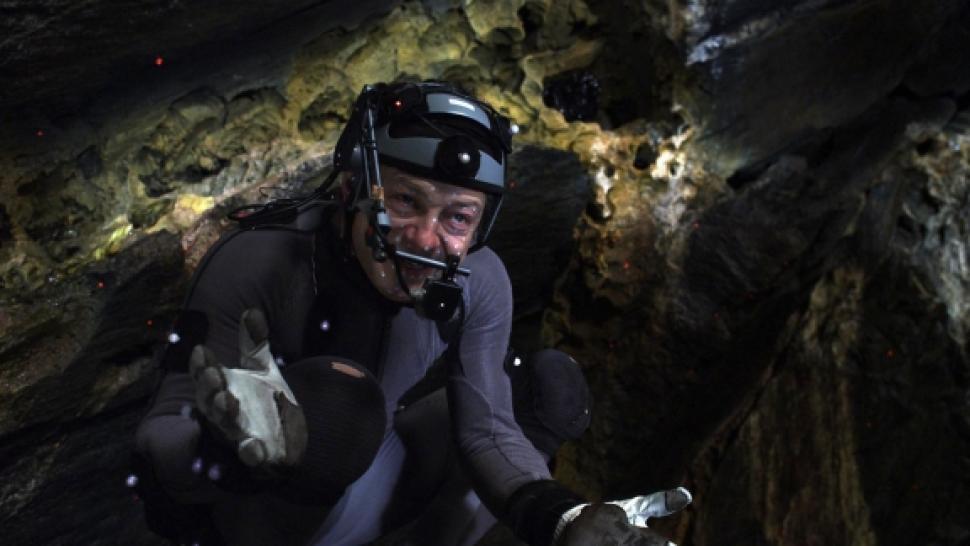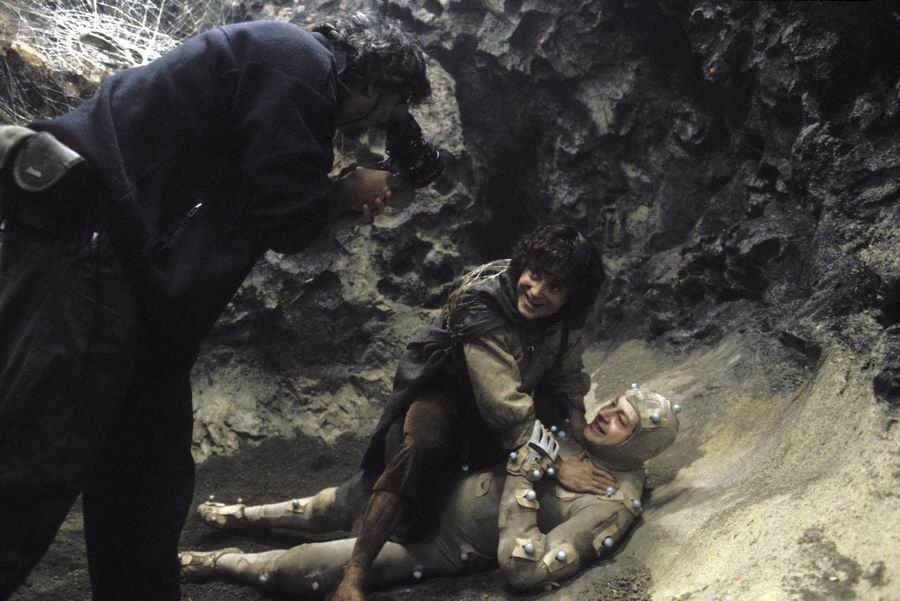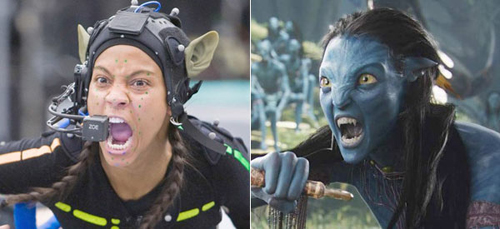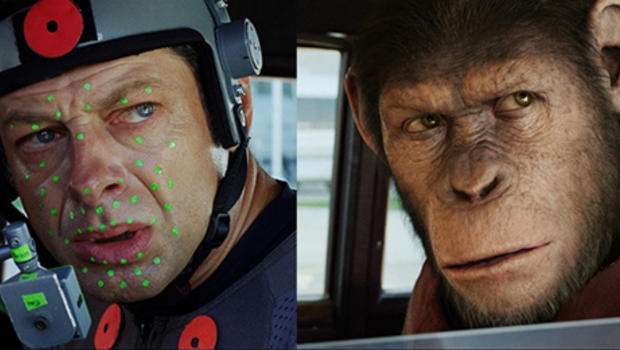All of these questions contribute to the debate of performance capture qualifying as an actual performance by an actor. Traditionally, we would certainly agree that an animated character has no correlation with a performance. However, as the technology of performance capture has evolved over the last decade, the previous agreement has slowly transformed into controversy.
Before we dive more into the issue, let’s briefly refresh what exactly we mean by performance capture. Performance capture (or motion capture) is the process of filming an actor’s movements and then digitally rendering those movements to create an animated character onscreen. The technique actually goes as far back as 1915, when animator Max Fleischer developed the Rotoscope, which allowed animators to draw over frames of live-action film in order to give cartoon characters a realistic fluidity. The technique was eventually adopted by Walt Disney and used in the first feature-length animated film Snow White and the Seven Dwarfs (Cottrell, 1937), as well as other early Disney films (Gray).
Today in performance capture, actors wear skin-tight body suits coupled with special markers (strategically placed around joints where bone movement occurs) that allow the cameras to effectively and accurately track their movements. Their movements are then rendered with state-of-the-art software to create a digital character. The technology really came to full light with Peter Jackson’s Lord of the Rings (2001-2003) trilogy in the creation of the sly, twisted creature “Gollum,” played by Andy Serkis. Jackson was able to advance the technology by allowing Serkis to be physically with the other actors filming in real time, rather than having to record Serkis’ part at a later date in a different, confined space (IGN). Serkis used his role as Gollum to springboard the technology and become a landmark actor in performance capture, as he would re-collaborate with Jackson to play King Kong in Jackson’s 2005 remake.
The debate is on-going, and will probably only grow as the technology progresses. What do you think? Should a CGI character created through performance capture be able to count towards a personal performance from an actor? Write out your thoughts in the comments below!
WORKS CITED
Eisenberg, Anne. “Animated or Real, Both are Believable.” The New York Times. 27 Aug. 2011. Web. 10 Sept. 2015. <http://www.nytimes.com/2011/08/28/business/technology-blurs-the-line-between-the-animated-and-the-real.html?_r=0>.
Gray, Ali. “A Brief History of Motion Capture in the Movies.” IGN. 11 July 2014. Web. 10 Sept. 2015. <http://www.ign.com/articles/2014/07/11/a-brief-history-of-motion-capture-in-the-movies>.







 RSS Feed
RSS Feed
